The previous article shared
Far Infrared Nano Strong Magnetic Cupping Therapy (Detailed Version)
This article will help you master the corresponding acupoints and functions of cupping
Da Zhui (Great Vertebra) PointDa Zhui Point: Located in the midline of the back, in the depression below the spinous process of the 7th cervical vertebra. Massaging the Da Zhui Point can stimulate the production of various antibodies, providing good relief for colds and fevers.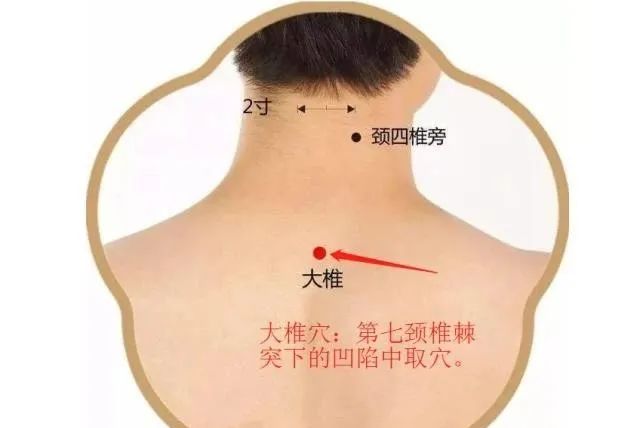
Fei Yu (Lung Shu) Point
Fei Yu Point is located below the spinous process of the third thoracic vertebra, 1.5 inches lateral to the midline, belonging to the Bladder Meridian. To locate the point: Generally, the sitting or prone position is used. The Fei Yu Point is on the back, at the level of the third thoracic vertebra, 2 finger widths away from the midline.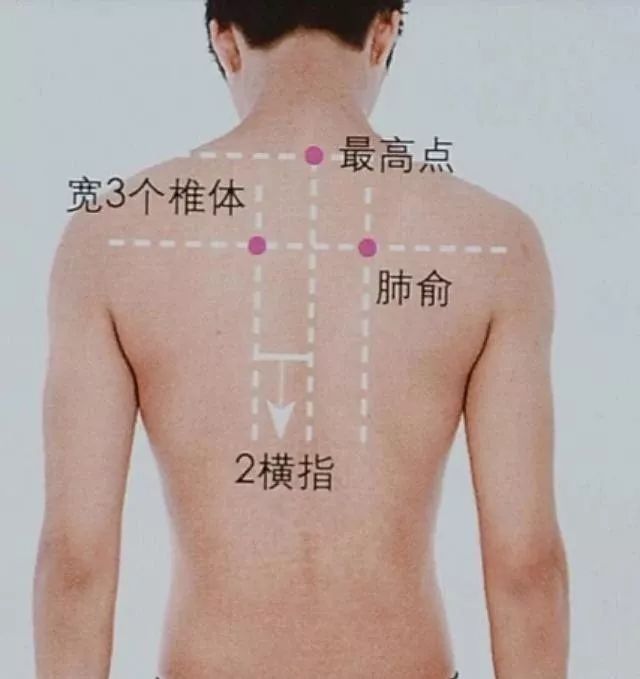
Xin Yu (Heart Shu) PointXin Yu Point is located on the back, below the spinous process of the fifth thoracic vertebra, 1.5 inches lateral. It is 1.5 inches away from the spine, directly opposite the Dan Zhong (Center of the Chest) Point.
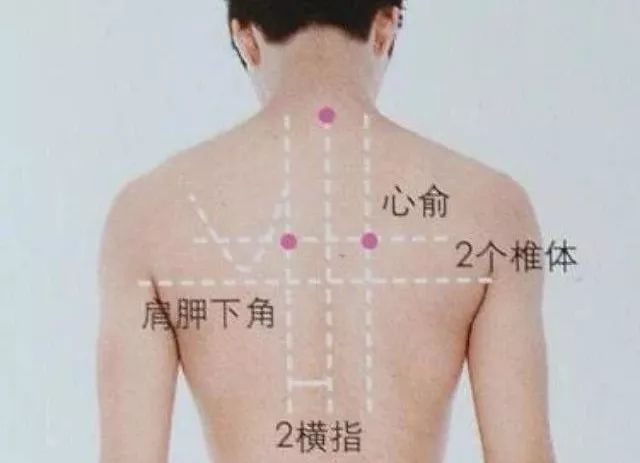
Wei Yu (Stomach Shu) PointWei Yu Point is one of the commonly used points of the Foot Taiyang Bladder Meridian, located in the spinal area, below the spinous process of the 12th thoracic vertebra, 1.5 inches lateral to the midline, between the lumbar fascia, longissimus muscle, and iliocostalis muscle.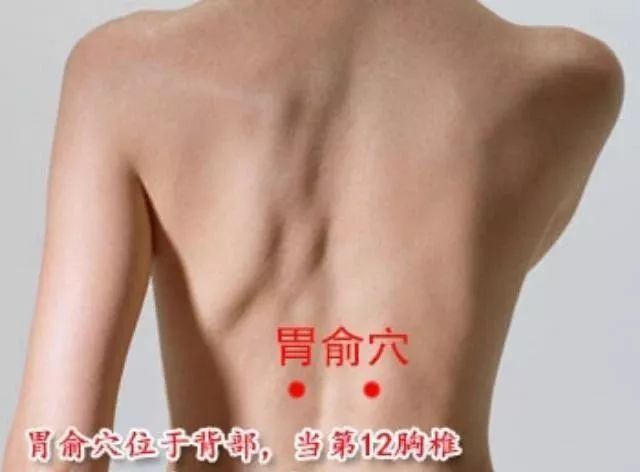
Shen Yu (Kidney Shu) Point
Shen Yu Point is located 1.5 inches lateral to the spinous process of the second lumbar vertebra.
Meridian: Foot Taiyang Bladder Meridian.
Massaging the Shen Yu Point can relieve lower back pain.
To locate the point, the prone position is usually adopted, and the Shen Yu Point is located in the lumbar region, 2 finger widths away from the spinous process of the second lumbar vertebra.

Chang Qiang (Long Strong) PointChang Qiang Point is a connecting point of the Governing Vessel. It is located at the midpoint of the line connecting the tip of the coccyx and the anus. The accurate location of Chang Qiang Point: 1. Kneel or adopt a chest-knee position; this point is in the depression at the midpoint of the line connecting the tip of the coccyx and the anus. 2. When searching, take a prone position, raise the buttocks, and locate the midpoint of the line connecting the anus and the tip of the coccyx; pressing this point may cause pain.
Huan Tiao (Jumping Circle) PointThe Huan Tiao Point is located on the outer side of the thigh. When lying on the side with the thigh slightly flexed, the Huan Tiao Point is at the intersection of the outer third and middle third of the line connecting the most prominent point of the greater trochanter of the femur and the sacral hiatus. During side resting, one can moderately massage the Huan Tiao Point to strengthen the spleen, tonify qi, dispel wind-cold, and relieve fatigue and pain.

Hu Men (Tiger Gate) PointTo locate, sit down with legs perpendicular, fingers moderately spread, palms resting on the kneecap, fingers naturally falling, and the thumb pressing on the depression, which is the Nei Hu Men (Inner Tiger Gate); the corresponding outer position is Wai Hu Men (Outer Tiger Gate).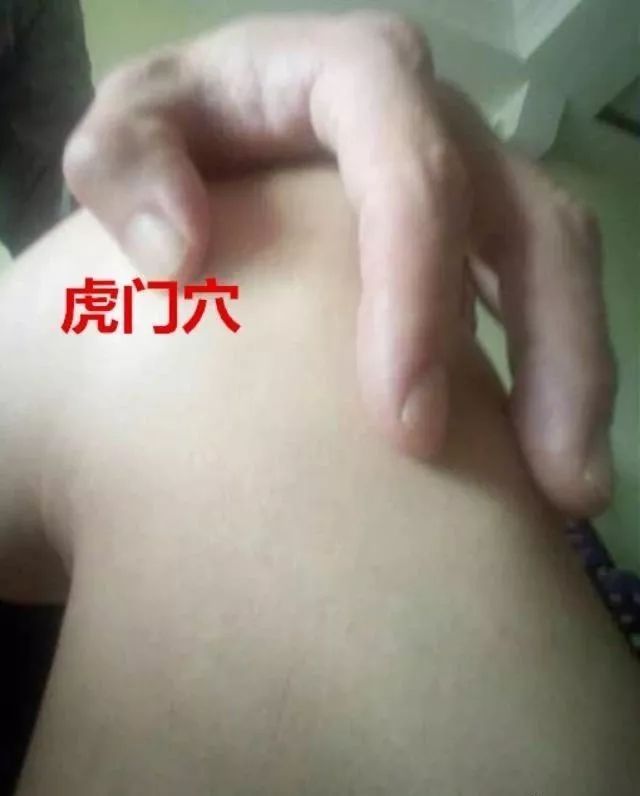
48 Points for Rooting Out Diseases of the Ren Meridian 28 Points Adjustment Details
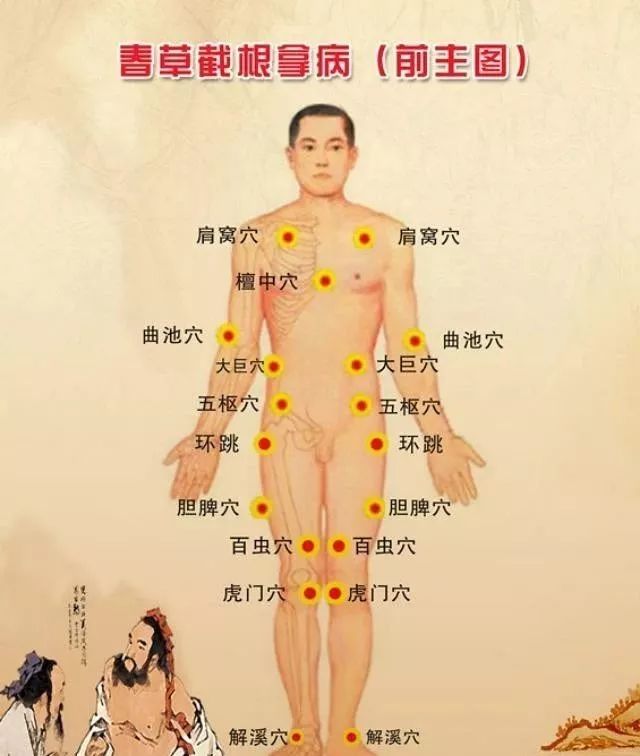
Jian Jing (Shoulder Well) Point:
Adjusts shoulder periarthritis, cervical spondylosis, and lymph node swelling around the neck.
Dan Zhong (Center of the Chest) Point:
Adjusts pulmonary heart disease, mammary gland hyperplasia, and respiratory system diseases.
Men Point:
Adjusts mammary gland diseases, mammary gland hyperplasia, and lymph node swelling.
Ru Men (Mammary Gate) Point:
Adjusts mammary gland diseases, mammary gland hyperplasia, and lymph node swelling.
Tian Ze (Heavenly Marsh) Point:
Adjusts elbow arthritis, tennis elbow, and rheumatic arthritis.
Jiu Wei (Tail Feather) Point:
Adjusts diabetes and digestive system diseases.
Da Ju (Great Giant) Point:
Adjusts diabetes, gastrointestinal diseases, liver diseases, and is a main point for weight loss.
Wu Shu (Five Pivot) Point:
Adjusts bone and joint diseases, distension pain, and femoral head necrosis.
Fu She (Abdomen House) Point:
Adjusts gynecological diseases and urinary system diseases in both men and women.
Da Ling (Great Tomb) Point:
Adjusts hand arthritis, rheumatism, and rheumatoid arthritis.
Huan Tiao (Jumping Circle) Point:
Adjusts femoral head necrosis and blood circulation diseases.
Bai Chong (Hundred Insects) Point:
Adjusts various skin diseases and blood circulation diseases.
Hu Men (Tiger Gate) Point:
Adjusts arthritis, leg swelling, meniscus inflammation, and synovitis.
Jie Xi (Stream of Relief) Point:
Adjusts arthritis, ankle swelling, numbness, redness, swelling, and pain.
48 Points for Rooting Out Diseases of the Governing Vessel 20 Points Adjustment Details
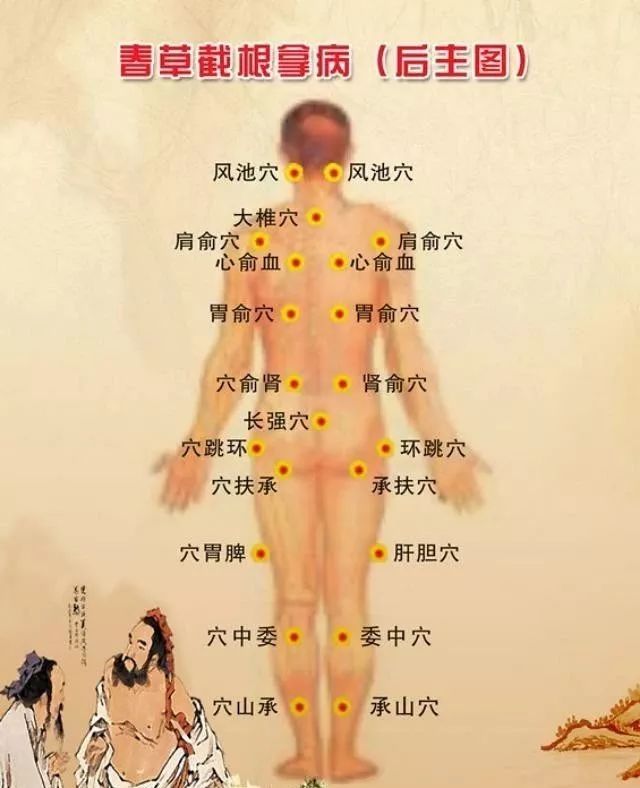
Bai Hui (Hundred Meetings) Point::
Adjusts hypertension, cerebral thrombosis, insufficient cerebral blood supply, cerebral infarction, cerebral congestion, and cerebral arteriosclerosis.
Tian Chong (Heavenly Rush) Point:
Adjusts hypertension, cerebral thrombosis, diseases of the five senses, cerebral arteriosclerosis, cerebral infarction, and stubborn headaches.
Tian Zhu (Heavenly Pillar) Point:
Adjusts hypertension, cerebral arteriosclerosis, insufficient cerebral blood supply, tinnitus, and insomnia.
Da Zhui (Great Vertebra) Point:
Adjusts hypertension, cerebral thrombosis, insufficient cerebral blood supply, cervical spondylosis, spinal protrusion, and spinal stenosis.
Fei Yu (Lung Shu) Point:
Adjusts hypertension, coronary heart disease, insomnia, pneumonia, qi deficiency, pulmonary heart disease, and shoulder periarthritis.
Xin Yu (Heart Shu) Point:
Adjusts coronary heart disease, rheumatic heart disease, myocardial infarction, myocardial ischemia, hyperlipidemia, and atherosclerosis.
Gan Yu (Liver Shu) Point:
Adjusts hypertension, hepatitis, fatty liver, cirrhosis, and diabetes.
Wei Yu (Stomach Shu) Point:
Adjusts superficial gastritis, gastric ulcers, habitual constipation, diarrhea, various gastrointestinal diseases, and diabetes.
Shen Yu (Kidney Shu) Point:
Adjusts hypertension, coronary heart disease, lumbar disc herniation caused by kidney deficiency, and various lower back pains.
Chang Qiang (Long Strong) Point:
Adjusts hypertension, various urinary system diseases, prostatitis, gynecological diseases, frequent urination, urgency, and hemorrhoids.
Cheng Fu (Support the Buttocks) Point:
Adjusts hypertension, coronary heart disease, arteriosclerosis, hemorrhoids, phlebitis, and insomnia.
Cheng Shan (Support the Mountain) Point:
Adjusts hypertension, leg cramps, phlebitis, varicose veins, and various lower limb inflammations.
For a summary of cupping tutorials, click the blue text below to view.
Please bookmark the cupping usage tutorial summary!
If you find this article helpful, please light up the bottom right corner“Looking at” and share it.
Wishing everyone good health and a pleasant mood.

1. Far Infrared Nano Strong Magnetic Cupping Therapy (Detailed Version) 2. Identifying Body Conditions Through Cupping Reflections 3. Easy-to-Understand "Cupping Mark Diagnosis" 4. Why Choose the Back for Health Cupping? 5. The Effects and Functions of Acupuncture, What Diseases Can Acupuncture Treat? Acupuncture Treatment and Acupoint Mnemonics
1. Far Infrared Nano Strong Magnetic Cupping Therapy (Detailed Version) 2. Identifying Body Conditions Through Cupping Reflections 3. Easy-to-Understand "Cupping Mark Diagnosis" 4. Why Choose the Back for Health Cupping? 5. The Effects and Functions of Acupuncture, What Diseases Can Acupuncture Treat? Acupuncture Treatment and Acupoint Mnemonics
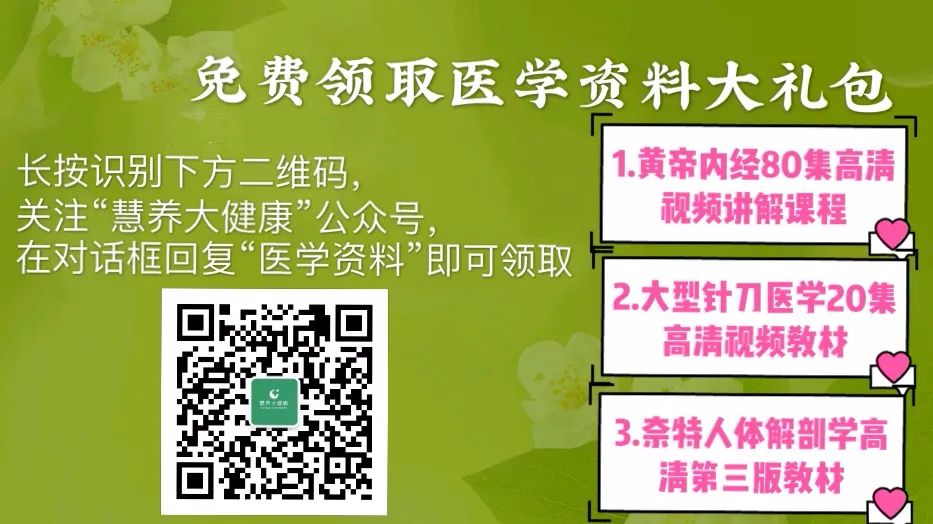
Light up the bottom right corner“Looking at”
Spread health and share love

